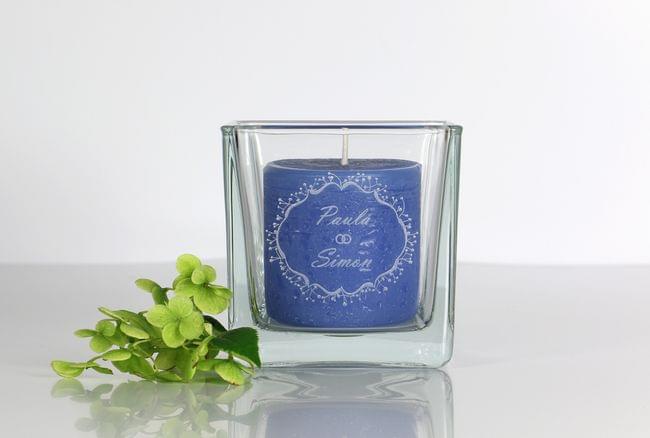Current Position:Home > APPLICATION
Application
Laser engraving is a method of personalization. An individual design or the laser engraving of a logo, name or lettering turns standard products into something unique.
What is laser engraving?
In laser engraving, the material is heated very strongly by the incident laser beam. During this process, the surface of the material is vaporized or burned. The laser beam removes a layer where it hits the material. This creates a contrast or, in the case of multi-layer materials (e.g. paper, acrylic), the color underneath appears. This is how a motif becomes visible. A permanent and abrasion-resistant laser engraving is created. If the laser hits the material with more power, more material is removed and the engraving can also be felt. It can therefore be experienced haptically.


What you can do with a laser engraver: Fields of application.
Stamp: Dates, designs or logos are engraved in the rubber stamp plate.
Paper finishing: In paper finishing, laser engraving creates great effects through deep engraving – for invites, business cards, greeting cards and many other creative ideas.
Promotional items, signs: Laser engraving of delicate motifs or complex figures on promotional items, information signs for indoor and outdoor use or even food.
Cups, trophies: Awards made of acrylic, marble or wood become eye-catchers thanks to laser engraving.
Arts and crafts: Whether it’s jewelry made of acrylic or wooden pendants – creativity knows no limits.
Another application is the photo engraving of wood, acrylic, glass.
Which materials are suitable for laser engraving?
A wide range of materials can be laser engraved. These range from acrylic, laminate, wood, stone, paper, cardboard to mirror glass and glass.
The advantages of laser engraving.
Very high precision
Can be used for numerous materials such as wood, acrylic, glass, textiles, paper, metal, stone, etc.
The workpiece doesn’t need to be clamped. Laser processing is non-contact.
No tool wear as with milling
Economic production regardless of whether it’s a single piece or a series
Permanent, haptic engraving